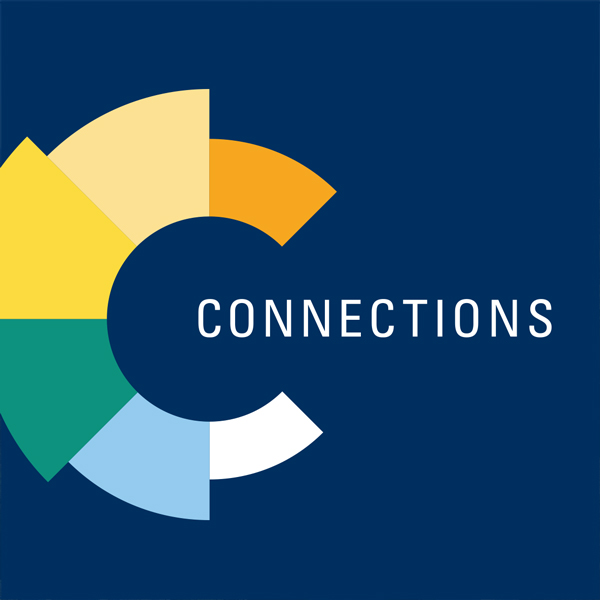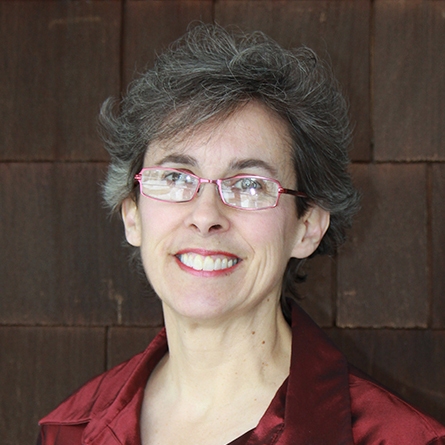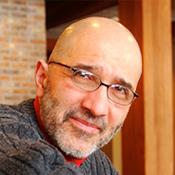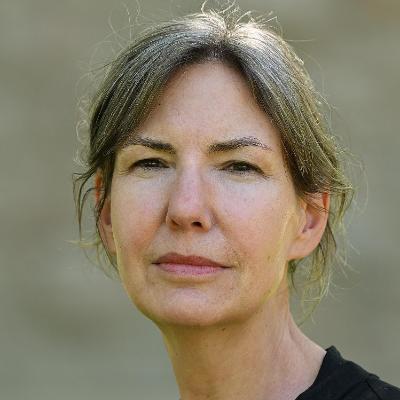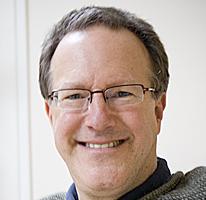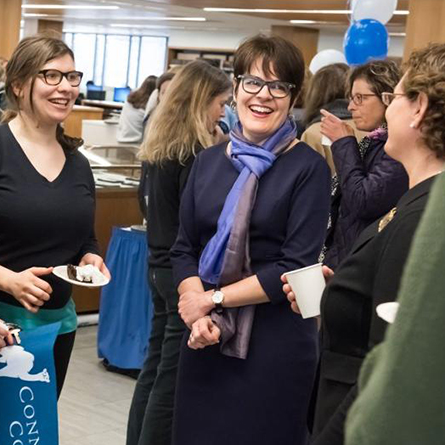War is among the most devastating forces in human history. Explore how communities resolve conflict and develop stable infrastructures.
War can cost communities their people, ecosystems, economies, political structures, ambitions, artistic creations, imaginations, and even their histories. As a result, one of the most vexing problems for nearly all human beings throughout time has been how to maintain peace. The Peace and Conflict Pathway explores both how communities, states and nations thrive—resolving conflict and developing stable infrastructures for governance, artistic expression, education, health, faith traditions and environmental and economic sustainability—and also how they can fail in these efforts, leaving conflict unresolved and at times resorting to violence, including war. It also examines the long-term consequences for politics, society, economies, technologies and cultures of these practices of peace and conflict.
While students construct their own animating questions, some possible examples include:
- Are human societies becoming more or less violent?
- Can influences of performance initiate social change?
- How is sexual violence constructed and used differently than physical violence?
- How did the fall of ancient empires and civilizations affect contemporary peoples and how have their downfalls continued to affect the world we live in today?

